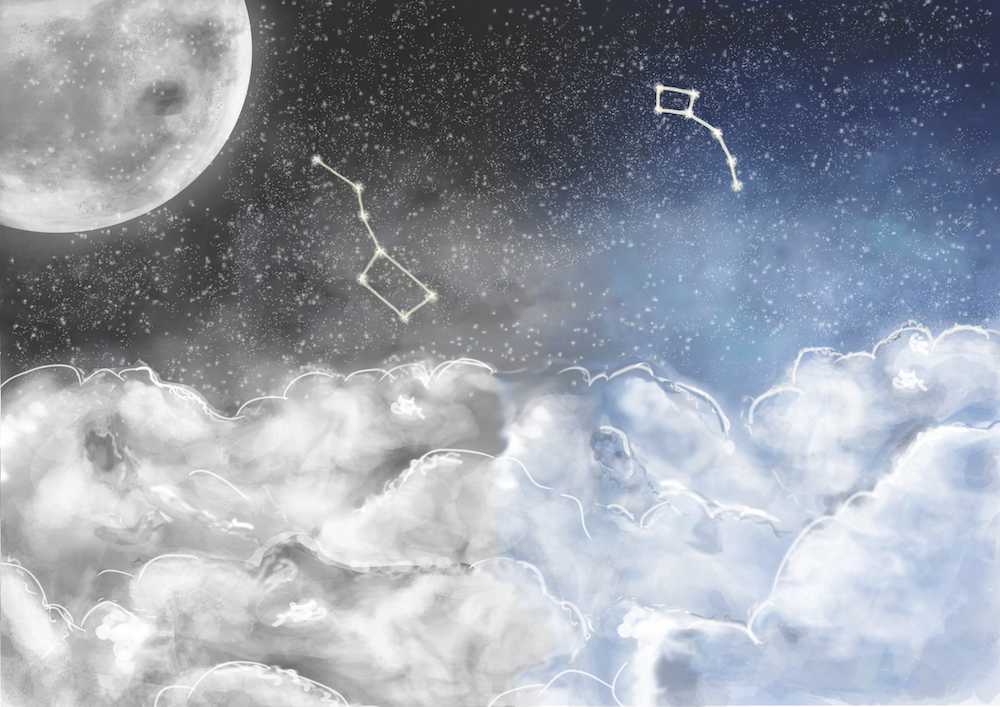High above the luminous skyline of Portola Valley lies a silent row of teenagers on a dusty turnout in Windy Hill Open Space Preserve. The night sky is speckled with bright stars and the only sound to be heard is the murmur of wind through the trees.
Suddenly, a collective intake of breath punctures the silence as a brilliant line of light shoots across the sky, followed by another a few minutes later. Known as the Perseids meteor shower, this annual summer event draws people into the mountains and hills to view streaking meteoroids.
Senior Nisha McNealis was one of the students at the Preserve and attended Paly physics teacher Keith Geller’s annual Perseids meteor shower viewing party.
“There’s something really special seeing something that you know is so unique and is completely a natural phenomenon,” McNealis says. “I would definitely recommend going and bringing warm clothes because it was very cold.”
Bundled in blankets and armed with snacks, McNealis stayed on the turnout past midnight to witness the spectacular show.
Escaping light pollution
Even in the absence of celestial sightings, many students flock to local parks and nature reserves to stargaze away from the city lights. Astrophysics teacher Josh Bloom recommends Kite Hill in Stanford as an easy-to-access, local spot with a great view of the sky. However, he notes that it still has some light pollution.
For those willing to make the drive, a better view can be found on Skyline Boulevard or in Los Altos Hills. For more avid astronomers, Foothill College has an observatory open for public viewings every clear Friday night from 9 p.m. to 11 p.m.

Foothill College also holds a series called Silicon Valley Astronomy Lectures in their Smithwick Theatre on six Wednesday evenings throughout the school year. The talks are geared toward the general public and are very engaging, Bloom says.
Planets in the sky
Because of the relative positions of Jupiter, Saturn and Mars in their respective orbits, these three planets can be seen with the naked eye.
“Every once in a while, certain planets end up being on the same side of earth,” Bloom says.
According to Bloom, the planets are all in line with each other, with Jupiter emanating a bright white color and Mars a bright reddish color that borders on gold.
“That line is the plane of our solar system and all the planets [are] orbiting on that plane,” Bloom says.
Finding your place in the universe
Though stars, planets and meteors are millions of miles away from us, an understanding of space and astronomy can lead to more self awareness and understanding of one’s place in the universe, Bloom says.
“When you learn about your connection to the universe to a larger whole, that provides a perspective that helps you see yourself and your life as more right sized,” Bloom says. “I have found that there are a lot of kids who come away from having taken this course with a much healthier perspective on themselves in their lives as a result.” v



